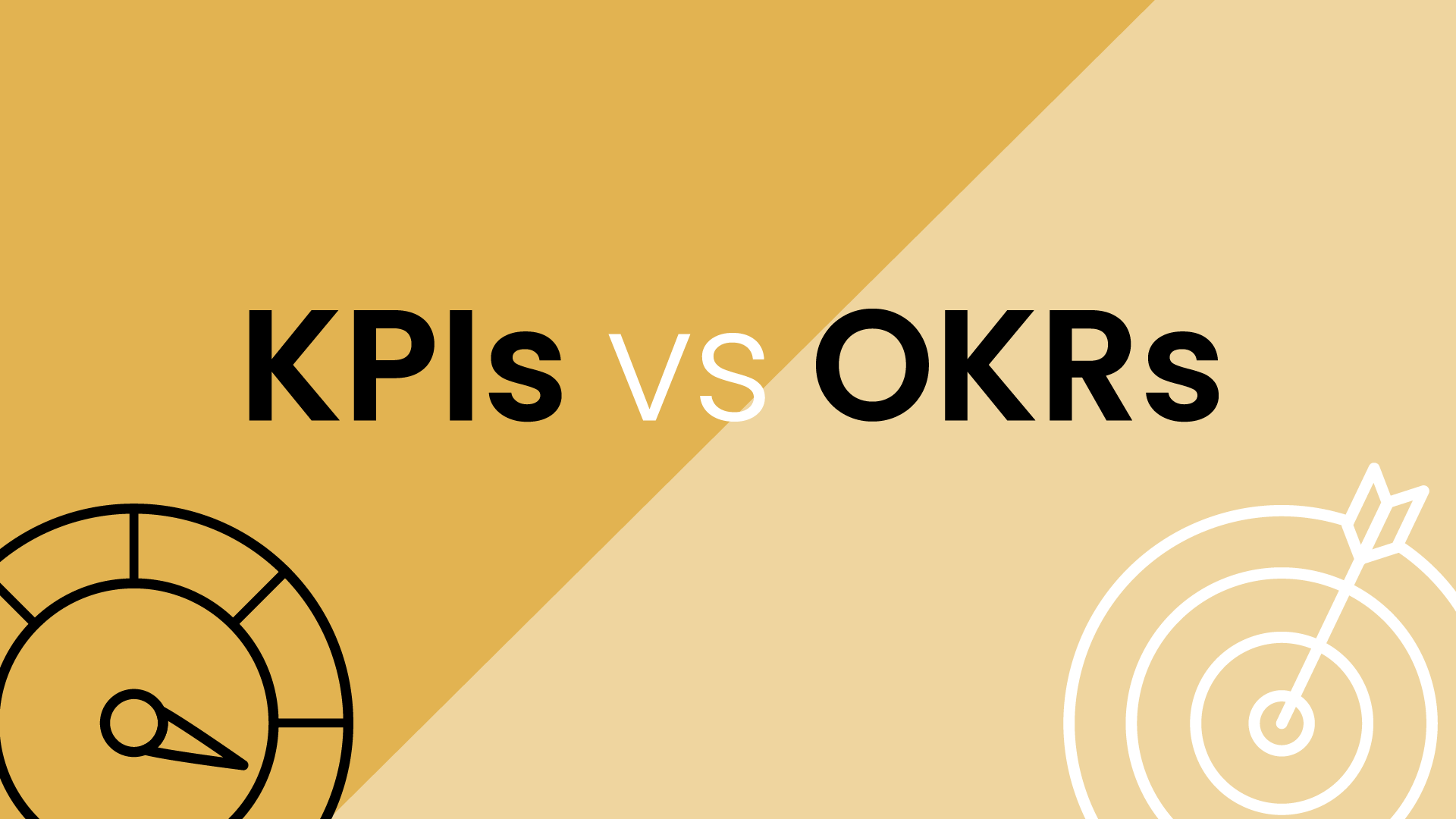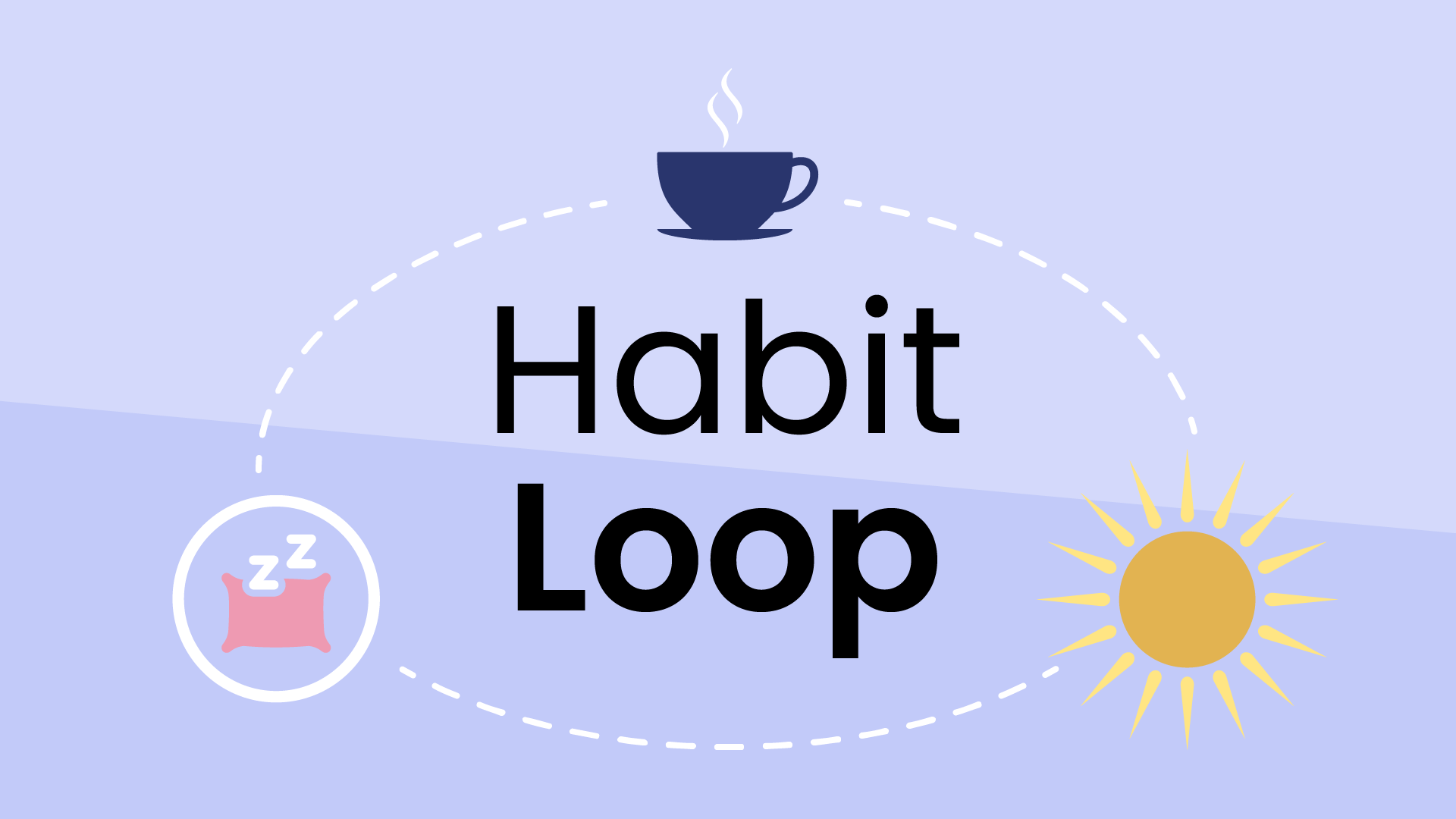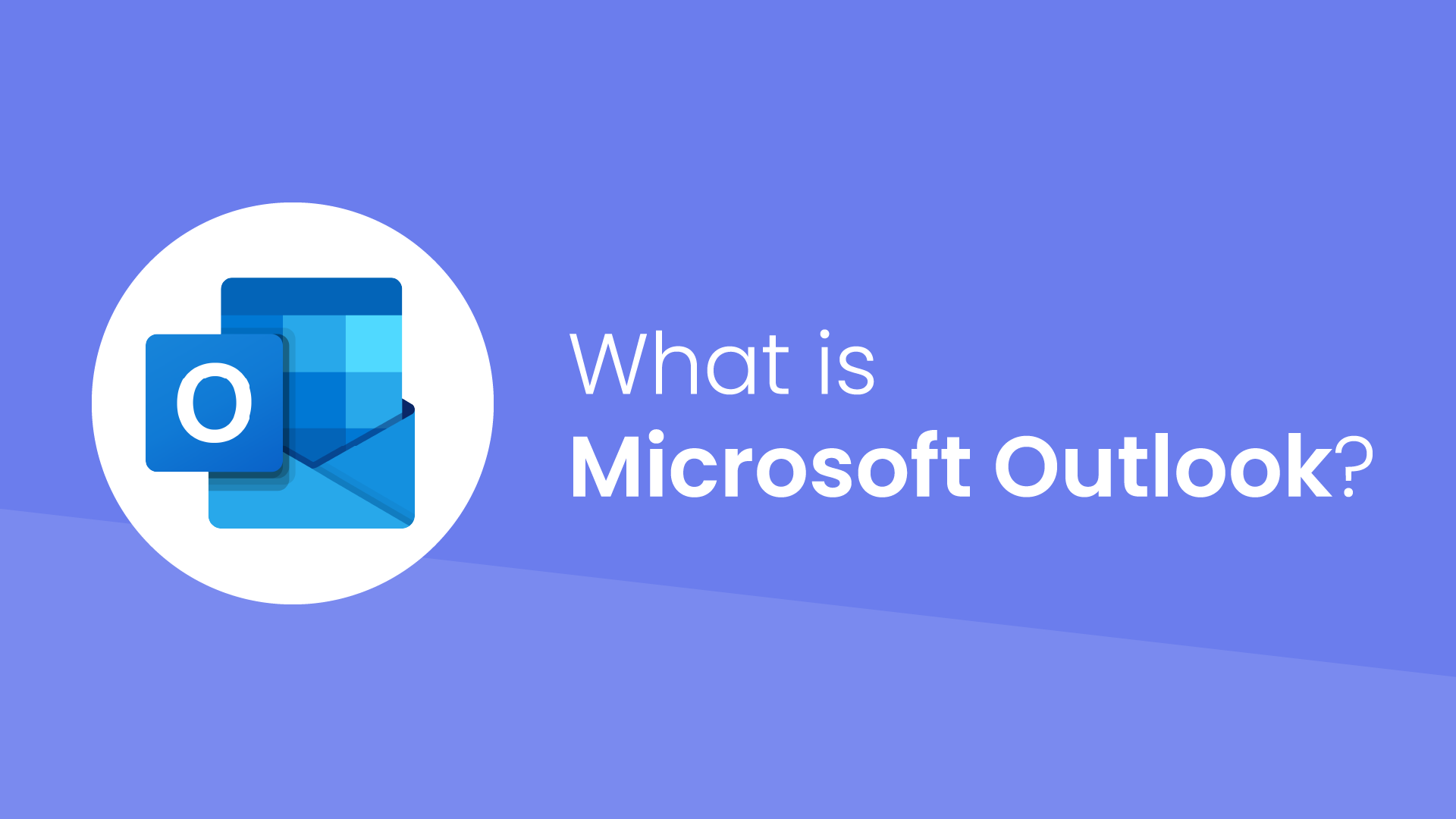

Artificial intelligence has long captured the public's attention, but it’s now leading every single discussion in tech. After OpenAI's ChatGPT was released in 2022, it quickly became the fastest-growing consumer application in history. And in its wake, a massive surge of venture capital money flowed into AI products of all kinds.
Now, consumers have a wide variety of AI virtual assistants available to them to help them with everything from setting reminders and answering queries to generating creative content and automating mundane tasks.
They're not just making life easier; they're poised to redefine how we approach everyday tasks. As these digital assistants evolve, they offer the potential to unlock unprecedented levels of efficiency,, allowing us to reclaim valuable time for what truly matters.
What is an AI assistant?
An AI assistant is software designed to help improve the efficiency or performance of tasks. They use natural language processing (NLP) and machine learning to understand and respond to human language, both written and spoken. AI assistants can range from simple chatbots to complex AI powered personal assistants capable of performing sophisticated tasks.
While the term "AI virtual assistant" may typically refer to a voice assistant like Siri or Alexa, these types of AI assistants are often focused on general tasks. With recent advancements in AI tools, new specialized AI assistant apps have emerged and are streamlining advanced needs like scheduling, workflow automation, email management, and more, offering expertise beyond general-purpose assistants.
The specific functionality may differ depending on what AI assistant you're working with, however, each revolves around three core areas:
- Automating tasks: AI assistants are designed to automate all sorts of everyday and repetitive tasks – whether that be setting reminders, scheduling appointments, checking sports scores, controlling your smart home, and more.
- Providing information: Need to know the weather, catch up on the news, or even figure out what a weird word means? Well, that's right in an AI assistant's wheelhouse. They can tap into tons of info, search the whole internet, and even start to figure out what you like, so they give you suggestions that actually make sense.
- Seamless connections & interactions: AI assistants act as intermediaries between you and your digital world, talking to all your apps and services so you don't have to. Need to play some music, check your calendar, or even order takeout? Just tell your assistant!
How AI assistants work
If you've ever played around with ChatGPT (or any AI product), it may initially seem like just that: magic. And as fictional writer Arthur C. Clarke said, "any sufficiently advanced technology is indistinguishable from magic."
Of course, it's not actually magic. So how does an AI assistant work? Under the hood, they are powered by a combination of cutting-edge technologies that work in concert to create a seemingly intelligent experience. Here's what is really at the heart of how AI assistants work:
1. Natural language processing (NLP)
Natural Language Processing is the technology that allows an AI assistant to understand and interpret human language and communication. You can think of NLP as essentially teaching a computer to read, write, and speak in a way that's natural and intuitive for us human beings. NLP involves breaking down sentences, analyzing grammar, identifying entities (like names and places), and understanding the overall context. So, whether you're asking a question, making a request, or just chatting, the AI can follow along and respond in a way that makes sense.
2. Machine learning
Machine learning is what lets AI assistants grow and evolve. As the name suggests, ML allows an AI to study and learn from everything it sees and does. Trained on massive datasets, machine learning algorithms extract hidden patterns, enabling them to forecast future trends with remarkable accuracy. That's why the more you use an AI assistant, the more it seems to "get" you and give you the answers you're looking for.
3. Deep learning
Deep learning is the brainpower behind some of the coolest things AI assistants can do. It uses a network inspired by our own brains to handle really complex tasks. By processing huge amounts of data, it can find patterns and relationships that are way too complicated for regular machine learning. That's how AI assistants can recognize faces in pictures, understand your voice commands, and even translate between different languages – it's like magic, but it's all thanks to deep learning!
What are the most popular types of AI assistants?
AI is growing so fast it seems a new AI assistant is popping up every day, each with its own special characteristics and features. Some are great at helping you get organized, others are amazing at answering questions, and some are even creative partners.
Let's take a look at most common and popular types of AI assistants you can find on the market today:
1. AI personal assistants
An AI personal assistant is probably what you immediately think of when you hear the term "AI assistant." These are AI voice assistants like Siri or Alexa. They're designed to lend a hand with your everyday stuff, like setting reminders, answering questions, or even controlling your smart home devices. These AI also can get to know you over time, so they can offer personalized suggestions and automate tasks to make your life easier.
Examples of AI personal assistants
- Siri: As Apple's flagship AI assistant, Siri is deeply ingrained into the Apple ecosystem. Working across iPhones, iPads, Macs, and other Apple devices, Siri offers hands-free control and intuitive voice commands. Whether you need to set a reminder, send a message, play your favorite music, or get directions, Siri is just a "Hey Siri" away.
- Google Assistant: Renowned for its vast knowledge base and cross-platform compatibility, Google Assistant is available on a wide range of devices, from Android smartphones and smart speakers to smart TVs and even cars. Its deep integration with Google's search engine and other services allows it to provide accurate and up-to-date information on virtually any topic.
2. Conversational AI
Conversational AI is the new kid on the block, but it's made quite a splash since its introduction to the market. Conversational AI represents a significant leap forward in human-computer interaction. These advanced AI models possess the remarkable ability to engage in natural language conversations, understand context, generate relevant responses, and even produce creative content. They are designed to mimic human-like conversations, making interactions with technology more intuitive and engaging.
Examples of conversational AI
- ChatGPT: Developed by OpenAI, ChatGPT is a versatile language model that has garnered widespread attention for its ability to generate human-like text across a wide range of applications. It can answer questions in a conversational manner, write essays, compose emails, translate languages, summarize articles, and even generate creative content like poems and code.
- Gemini: Google's Gemini is an advanced conversational AI model that boasts enhanced reasoning and creative capabilities. It leverages large language models and innovative training techniques to generate high-quality text, perform complex reasoning tasks, and even exhibit a degree of common sense understanding. Gemini's potential applications span various fields, including education, research, and creative content generation.
- Huggingchat: Built on the open-source Hugging Face Transformers library, Huggingchat offers a customizable and accessible platform for conversational AI. Its open-source nature allows developers and researchers to fine-tune the model for specific tasks and domains, making it a valuable tool for experimentation and innovation.
3. AI scheduling assistants
Life's crazy busy, right? Trying to keep track of all your appointments and commitments can feel like a full-time job in itself. That's where AI scheduling assistants come in to save the day. AI scheduling assistants can optimize time management and automate the often tedious process of appointment scheduling. No more scheduling headaches or double-bookings – just a smooth, organized schedule that actually works for you.
Examples of AI scheduling assistants
- Reclaim.ai: One standout example of an AI scheduling assistant is Reclaim.ai. This innovative tool goes beyond simple calendar management, offering intelligent features that help you prioritize tasks, allocate time for deep work, and even automate meeting scheduling. Reclaim integrates with your existing calendar and analyzes your commitments, deadlines, and available time slots. It then intelligently suggests optimal times for meetings, blocks off time for focused work, and even reschedules your appointments if conflicts arise.
4. AI writing assistants
Need a little help with your writing? AI writing assistants are like having a brilliant editor at your fingertips, whether you're drafting an email, crafting a blog post, or even penning a novel. They're not just about catching typos and grammar mistakes – they can help you polish your writing style, generate fresh ideas, and even make sure your tone is just right.
Examples of AI writing assistants
- Grammarly: Grammarly's a lifesaver for anyone who writes, whether you're a pro or just starting out. It catches those pesky typos and grammar mistakes as you type, so you don't have to worry about proofreading everything later. It works with pretty much everything – your web browser, word processor, and even your email. And the best part? It doesn't just tell you what's wrong, it actually explains why it's wrong, so you can learn and get better at writing over time.
- Jasper: Jasper's your go-to if you need to get those creative juices flowing. It's an AI writing assistant that's really good at coming up with all kinds of content – blog posts, social media captions, product descriptions, you name it. It's super easy to use, with templates you can customize, and it's great for brainstorming ideas or just getting past writer's block. If you need to create a lot of engaging content, Jasper's got you covered.
5. AI customer service assistants
These days, customers expect quick and helpful support whenever they need it. That's where AI customer service assistants come in. They use chatbots, understand human language, and learn from experience to handle customer interactions, solve problems, and offer support 24/7. It's like having a whole team of support agents, even when your human team is off the clock.
Examples of AI customer service assistants
- Freshdesk: Freshdesk is like a one-stop shop for customer support. It lets businesses talk to their customers wherever they are - email, phone, social media, and even live chat. They've got these smart AI chatbots that can handle the easy questions, so your human agents can focus on the tougher ones. Also, their ticket system is like a well-oiled machine, making sure customer requests get to the right person and get solved quickly.
- Zoho Desk: Zoho Desk is all about making customer support feel more human and less robotic. Their AI chatbots can actually have real conversations, understand what the customer wants, and give them helpful answers. And, it automates a lot of the behind-the-scenes stuff, like assigning tickets and making sure things get escalated if they need to.
Choosing the right AI Assistant
You might feel like a kid in a candy store with all the AI assistant options out there for you. If you think about a few key things, you can find the perfect AI assistant that fits you like a glove.
1. Look into the features & functionality
First off, take a good look at what the AI assistant can actually do. Do you need something laser-focused on a specific task like scheduling or writing, or are you looking for more of an all-around helper? Then, check out its features. Can it understand your voice commands? Does it work smoothly with your other apps? Finally, don't forget about the user interface - you want something easy to use and understand, not something that'll leave you scratching your head.
2. Compatibility
Next, make sure the AI assistant plays nice with your tech. Some are only available on certain devices, like Siri being an Apple exclusive, while others work across different platforms. Also, see if it connects with the apps you already use - that can make a big difference in how helpful it is in your day-to-day life.
3. Privacy & security
Don't forget about privacy and security! Look into how your AI assistant handles your data. Take a look at their privacy policy to see what they collect and how they use it. Choose one that's upfront about their data practices and gives you some control over your information.
4. Cost
Finally, think about your budget. There are plenty of free AI assistants out there, but some come with a subscription fee that unlocks extra features. Check out the pricing and see if it makes sense for you. Some even offer free trials, so you can take them for a test drive before committing!
5. Personal preferences
Think about how you want to interact with your AI powered virtual assistants.
Do you prefer talking to it or typing out commands? Also, consider its personality. Some are super professional, while others are more laid-back and chatty. Choose one that matches your style!
Get more done in less time with AI assistants 🤖
From personal assistants that simplify our daily lives to specialized tools that boost productivity in specific fields, AI-powered companions are changing the game. Leveraging NLP, machine learning, and deep learning, they automate, inform, and enable seamless interaction. And this is just the beginning. As AI continues its rapid evolution, we can anticipate even more sophisticated and tailored AI assistants, reshaping industries, enhancing our capabilities, and unlocking a future limited only by our imagination.
Productivity Trends Reports
AI calendar for
work & life
Auto-schedule focus time, meetings, & breaks.
Create your free account →CONNECT YOUR CALENDAR



























.png)




